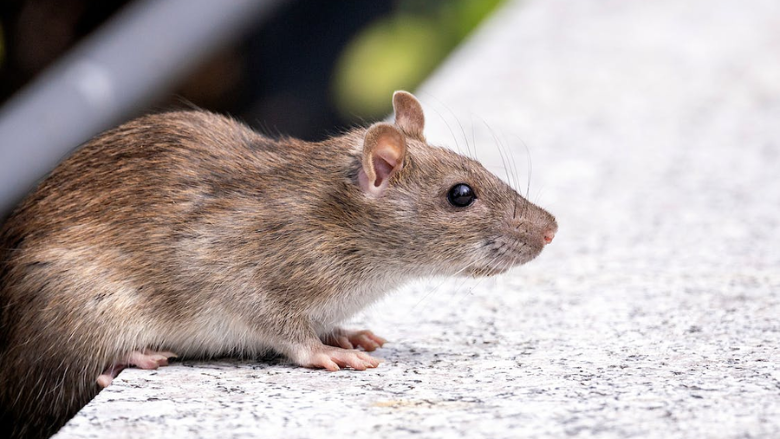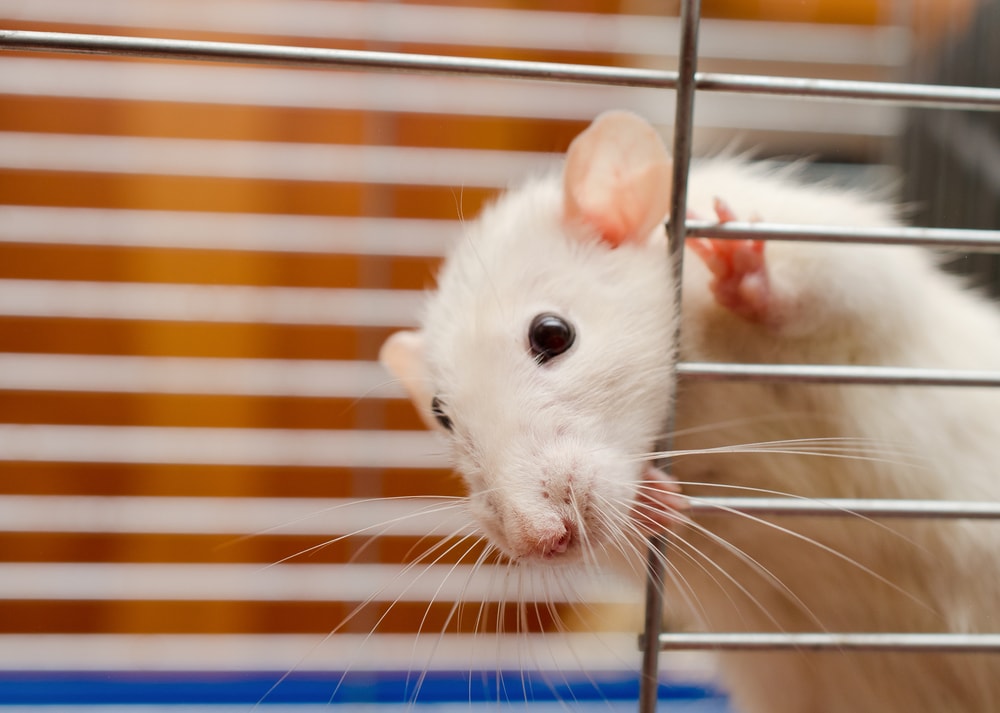Intelligent Trap Use in Warehousing: Optimizing Safety and Efficiency
Share
In the fast-paced world of warehousing, maintaining an environment that is both efficient and secure is crucial. With advancements in technology, specifically in the domain of intelligent systems, warehouses are now embracing revolutionary solutions to enhance their operations. One of these innovative solutions includes the intelligent trap use in warehousing.
One may wonder, what exactly does intelligent trap use mean in the context of a warehouse? This article delves into the specifics, shedding light on how these traps are changing the game in pest control and operational efficiency.

The Crucial Role of Intelligent Traps
Pests... theyre the bane of every warehouse managers existence. They not only cause damage to the products but also create unsafe working conditions. Traditional pest control methods often fall short in providing comprehensive solutions. However, by leveraging intelligent traps, warehouses can now ensure a more efficient pest control system.
Intelligent traps go beyond the simple mechanical traps of yesteryears. They are equipped with sensors and connectivity capabilities that allow them to provide real-time data.
How Intelligent Traps Work
The concept of intelligent traps in warehousing combines AI and automation to track and eliminate pests. These systems can notify warehouse personnel when a pest is detected, thereby ensuring timely intervention. Moreover, they can be integrated into the warehouses larger network, enabling comprehensive monitoring and management from a central system.
Integration with Warehouse Systems
Integration is key to maximizing the benefits of intelligent traps. Many pest monitoring systems are designed to work seamlessly with a warehouse's management system, ensuring that all processes are aligned for efficiency.
Benefits of Implementing Intelligent Trap Systems
There are multiple benefits associated with the intelligent trap use in warehousing. These include:
- Enhanced Efficiency: Automation of pest detection allows human resources to focus on other critical tasks.
- Reduced Risk: By promptly addressing pest issues, the risk of product contamination is significantly reduced.
- Data-Driven Decisions: The real-time data provided by intelligent traps enables informed decision-making.
Case Study: Success in Food Processing Plants
Food processing plants have seen remarkable results from implementing these systems. According to a report, warehouses focusing on food storage have cut their pest-related losses significantly after employing intelligent traps.
Addressing Common Concerns
Understandably, the prospect of using technology-driven traps may come with concerns regarding privacy and cost. However, the investment in this technology has proven to be worthwhile, as evidenced by successful tech adoption in breweries and other facilities. Additionally, modern traps are designed with data privacy in mind, ensuring compliance with all relevant regulations.

FAQs
What types of pests can be managed with intelligent traps? Intelligent traps are versatile and can be used to manage a variety of pests, including rodents and insects.
Are intelligent traps cost-effective? While the initial investment can be higher than traditional methods, the long-term savings and efficiency make them cost-effective.
How do intelligent traps affect warehouse operations? They streamline pest control processes, freeing up human resources and minimizing disruption to warehouse operations.
This article contains affiliate links. We may earn a commission at no extra cost to you.
